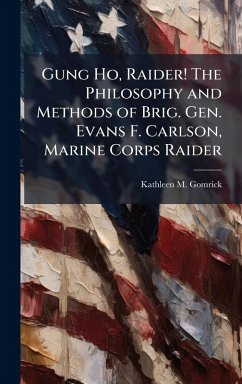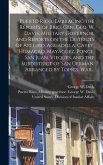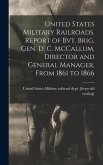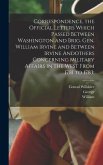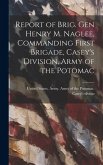While nearly every great military leader enthusiastically acknowledges the importance of morale and cohesion to any unit's success, few actually make these elements the central focus of their command. It is rarer still to find commanders that employ all-encompassing programs to shape the spirits, as well as the minds and bodies, of their charges. Brig Gen Evans F. Carlson, perhaps more so than any other American military leader, believed that ethical indoctrination was the foundation of a fighting force's success. He cultivated an atmosphere of mutually supported individual effort rooted in righteous and democratic beliefs. A strong sense of duty punctuated by a consistent example of honor led him from small town Vermont to the Pacific beachheads of World War II. His concept of why men fight, and hard-gained knowledge of how men can fight, combined to create the almost fanatical 2d Marine Raider Battalion. Their motto, "Gung Ho," lives on in military lore today. Their leader, Carlson, was perhaps unique in the American military experience. By drawing from the numerous books, articles, diaries and notes authored by Carlson himself, his letters to President Franklin D. Roosevelt, as well as first-hand and historical accounts of the battles he engaged in, I will examine the origin of Carlson's philosophies and how they were translated into Raider training methods. This work has been selected by scholars as being culturally important, and is part of the knowledge base of civilization as we know it. This work was reproduced from the original artifact, and remains as true to the original work as possible. Therefore, you will see the original copyright references, library stamps (as most of these works have been housed in our most important libraries around the world), and other notations in the work. This work is in the public domain in the United States of America, and possibly other nations. Within the United States, you may freely copy and distribute this work, as no entity (individual or corporate) has a copyright on the body of the work. As a reproduction of a historical artifact, this work may contain missing or blurred pages, poor pictures, errant marks, etc. Scholars believe, and we concur, that this work is important enough to be preserved, reproduced, and made generally available to the public. We appreciate your support of the preservation process, and thank you for being an important part of keeping this knowledge alive and relevant.
Bitte wählen Sie Ihr Anliegen aus.
Rechnungen
Retourenschein anfordern
Bestellstatus
Storno

